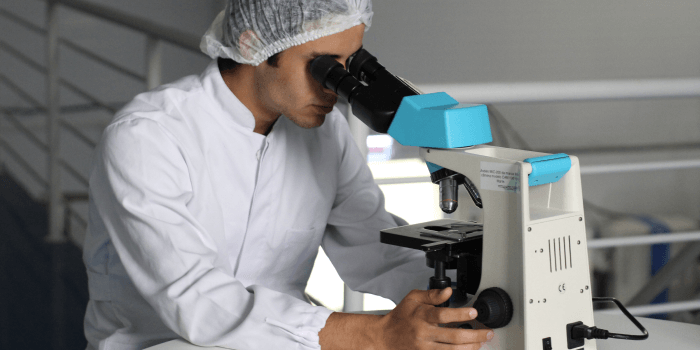Owning state-of-the-art equipment is a dream for most small healthcare businesses. However, this remains a pipe dream for many, as this equipment doesn’t come cheap. Operational costs for your healthcare business—taxes, insurance costs, etc.—take up most of your working capital. Leasing or getting financing for your equipment is the only way out.
The most common types of equipment financing for a healthcare business include:
- Medical lasers
- Dental equipment
- Wheelchairs and physiotherapy equipment
- Optometry equipment
- Diagnostic equipment
- X-rays and ultrasound machines
- Dermatology equipment

Advantages of Equipment Financing
Usually, healthcare businesses prefer an external fund for their equipment rather than using their own money, for various reasons. Some include:
Cashflow
Investing in your business is essential, but using up all your capital on physical assets and having overhead operational costs is not smart.
Instant Ownership
You don’t have to save up or wait for your business to do exceptionally well to buy a piece of expensive equipment.
Preserve Bank Lines of Credit
Equipment funds are considered additional financing to the business. They won’t get added to lines of credit of other banks or financial institutions.
More Purchasing Power
Equipment financing can enable healthcare businesses to upgrade their equipment. Also, they can opt for high-end and more functional equipment that can help their patients.
Potential Tax Savings
Certain financial products are eligible for tax exemptions. You can check with your tax adviser to find out how purchasing equipment for your business can help you.
How does Equipment Financing Work?
Though equipment financing is preferred due to capital restrictions, many funding options are still restrictive. Since medical equipment—especially MRI, CT and CAT machines—costs a few hundred thousand dollars, using an established organization can protect your finances.
There is another addition to financing costs that most business owners tend to oversee—interest. The debt source and the credit will dictate the interest rate, which will factor into the total cost of the equipment and is amortized over longer periods of time.
What do you need to be eligible for Medical Equipment Financing?
One thing financing institutions consider before financing your equipment is the credit score. If you have a good credit score, you are more likely to get full or partial funding for your equipment.
Maintaining good credit is easier said than done. Overhead costs are usually extremely high in healthcare businesses, and it is tough to maintain a debt-to-income ratio.
To improve your chances of getting a financier in this scenario, establish a solid business plan of how the equipment will increase your profitability.
Research the demand for services provided through the equipment, and highlight these. Place more emphasis on new equipment in the market for a specialty.
Types of Equipment Financing
There are basically three types of medical equipment financing options—SBA loans, banks and non-banking lenders. SBA loans take a very long time and require a lot of paperwork so, we will review the bank and non-banking options here.
Getting a bank loan takes a lot of effort. There is no denying the requirements, paperwork and time involved in getting an equipment loan. Traditional lending options require you to produce collateral and tax returns.
On the other hand, alternate funding options can help you tackle your immediate equipment requirements easily. In alternate financing, the paperwork is less tedious, and most institutions accept less than perfect credit scores. There is no need for collateral either.
Owning the best equipment available in the market is not always mandatory. Review your healthcare business’s requirements, and choose the equipment that will benefit your business and your patients.






